What Term Is Used to Describe Tectonic Plates Moving Apart
Divergent plate boundary is a boundary along which two plates move apart from one another. Conservative transform plate boundaries slide across from each other.
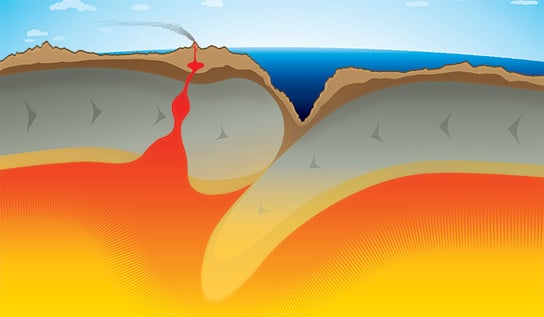
Geophysicists Find Source Behind Sudden Tectonic Plate Movements
Most divergent boundaries are found in the ocean.
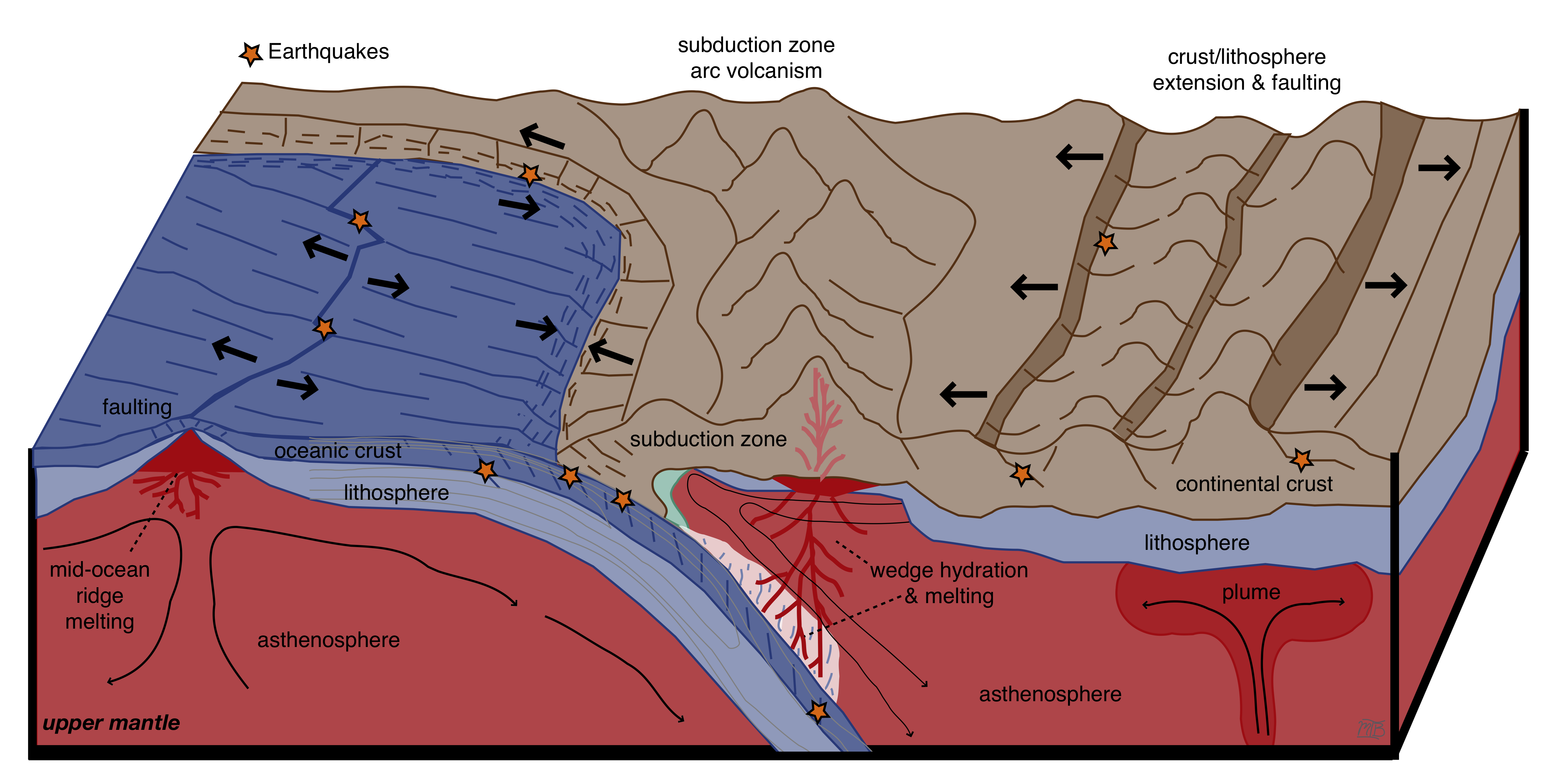
. Plates move apart at divergent plate boundaries such as the oceanic ridge system that separates the North American and Eurasian plates in the north Atlantic Ocean. This is one of the most common causes of earthquakes. Finally plates slide past each other along a transform plate boundary such as the San.
Summary The theory of plate tectonics brings together continental drift and seafloor spreading. They never really separate because magma continuously moves up from the mantle into this boundary building new plate material on both sides of the plate boundary. Since then they have drifted away from one another imagine bumper cars being stuck together for a while then flying apart.
Transform convergent and divergent. Why Is Recycling Used To Describe The Process Of Tectonic Plates. There are total three types of tectonic plate boundary are as follows.
At plate boundaries plates may converge come together diverge move apart or slip past each other in a horizontal motion. Divergent where plates move apart. One may also ask what is it called when plates move apart.
Vocabulary plate boundary. What term is used to describe the edges of tectonic plates or where the different plates meet. Sea floor spreading and mid ocean ridges are a result of a divergent boundary Transform boundary - when 2 plates slide past each other horizontally.
As the tectonic plates move away from spreading zones they collide with one another. Convergent plates push boundaries together. The tectonic plate size is large and the boundaries of the tectonic plate are lie between the two and more plates.
This theory called continental drift was viewed with skepticism in the early 20th Century. It represents two plates moving apart from each other When two plates move apart it is called a divergent boundary. After studying the way plates move geologists identified three types of boundaries.
The movement of the plates creates three types of tectonic boundaries. Divergent where plates move apart. Heres a short description of the 3 types of plate tectonics.
Convergent where plates move into one another. Up to 24 cash back This theory also says that most of these plates are in motion due to convection in the mantle creating a variety of interactions at plate boundaries. A Convergent Collision boundary is created when to plates crash into each other with equal force.
And transform where plates move sideways in relation to each other. Convergent where plates move into one another. One of the most famous faults of the US is the San Andreas fault.
They can push together and cause mountain ranges to form. Divergent plates pull apart from each other. The denser plate is subducted.
Tectonic plates have different boundaries. When two plates come together it is known as a convergent boundary. Divergent This type of boundary forms when two tectonic plates are moving away from each or spreading apart.
There are three main types of boundaries. And transform where plates move sideways in relation to each other. When the tectonic plates boundary are.
The basic theory of plate tectonics is that along seafloor spreading zones the continents are separating from one another. At transform boundaries plates move past each other. Convergent plate boundary is a boundary along which two plates come together.
Convergent boundaries - when two plates collide Divergent boundaries - 2 plates pull apart. At other times one plate gets pushed down beneath the. A kuhn-VUR-juhnt occurs where plates push together.
Each tectonic plate is free-floating and can move independently. This is the area or zone where one tectonic plate gets forced under the other. The movement of the plates creates three types of tectonic boundaries.
Location at which two plates come together. Plate tectonic motions affect Earths rock cycle climate and the evolution of life. The theory which solidified in the 1960s transformed the earth sciences by explaining many phenomena including mountain building events volcanoes and earthquakes.
A dih-VUR-juhnt occurs where plates move apart. They move at a rate of one to two inches three to five centimeters per year. Prior to that time the continents were apart.
Most of the earthquakes and volcanoes around the Pacific ocean basina pattern known as the ring of fireare due to the movement of. In addition some plates may be inactive. Plates crash into each other along convergent plate boundaries marked by volcanoes and mountain belts.
The decrease in pressure causes the magma to rise forming volcanoes. - A subduction zone occurs when tectonic plates converge and one plate slides underneath the other subducts with that one being the older plate. As they spread apart magma comes to the surface and becomes new continental crust.
Asthenosphere- the soft flexible upper layer of the mantle on which the tectonic plates move. At a plate boundary two plates can be moving apart together or past each other. When the plates of the tectonic are moves towards each other then it is known as convergent.
The term fault is used to describe the boundary between tectonic plates. At convergent boundaries plates move toward each other. At a divergent boundary tectonic plates move apart from one another.
Plate tectonics is a scientific theory that explains how major landforms are created as a result of Earths subterranean movements. Sometimes this is called recycle zone because this is where the crust is melted back into magma. Continental drift- the theory that all of Earths continents were once joined together into a single large landmass and then moved apart forming the continents we see today.
The Theory of Plate Tectonics. Earthquakes and volcanoes are the direct result of the movement of tectonic plates at fault lines. - Oceanic Oceanic plates.
A plate boundary is where the edges of two plates meet.

Plate Tectonics Is The Continual Slow Movement Of The Tectonic Plates Download Scientific Diagram

Read About Tectonic Plates Science For Grades 6 8 Printable
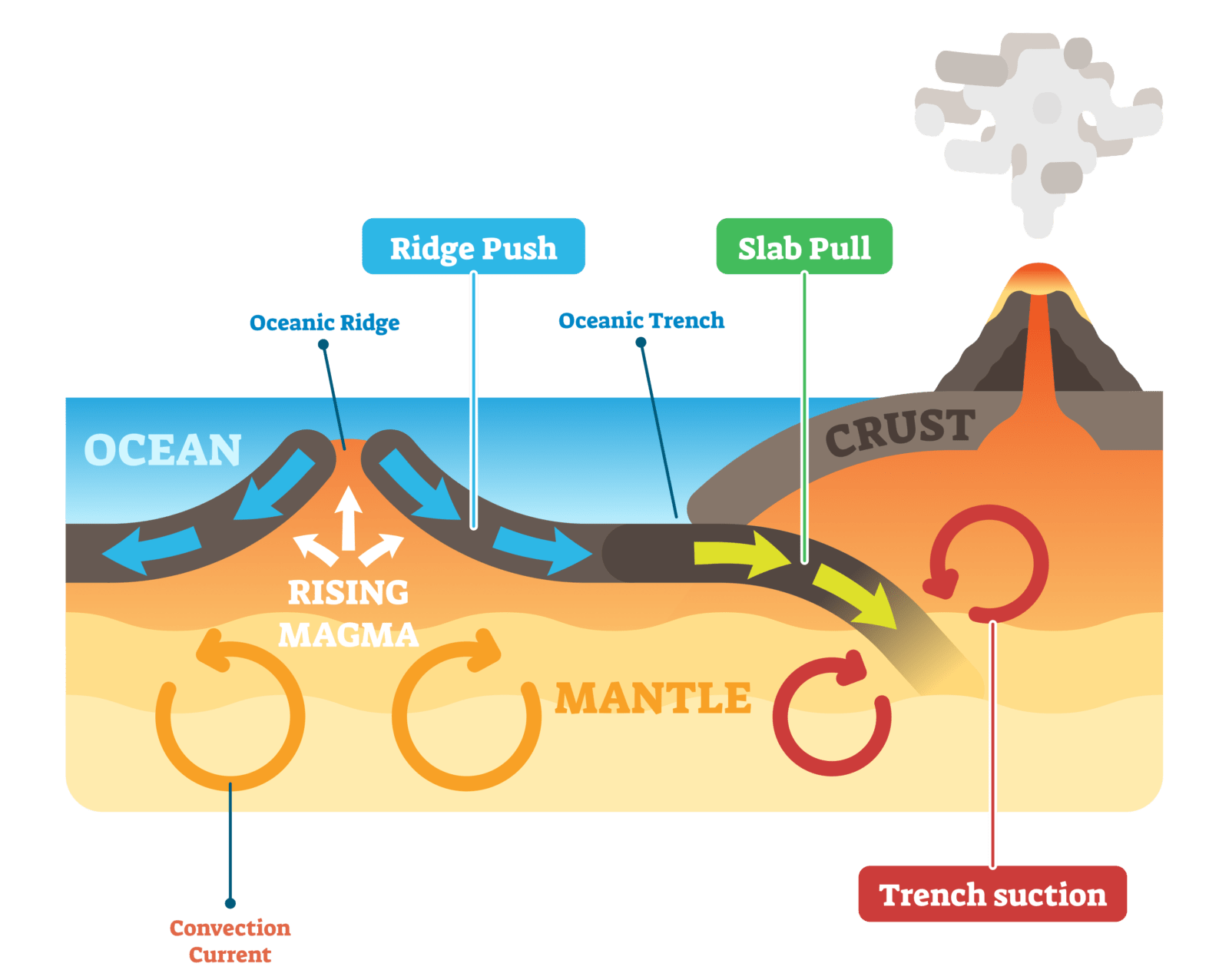
Why Do Tectonic Plates Move Internet Geography

4 1 The Forces Driving Plate Motions Geosciences Libretexts

Plates Move Apart Page 22 Ppt Video Online Download

Plate Tectonics Tectonics Plate Movements Plate Tectonic Theory

Brief History Of The Plate Tectonics Theory Earth Observatory Of Singapore
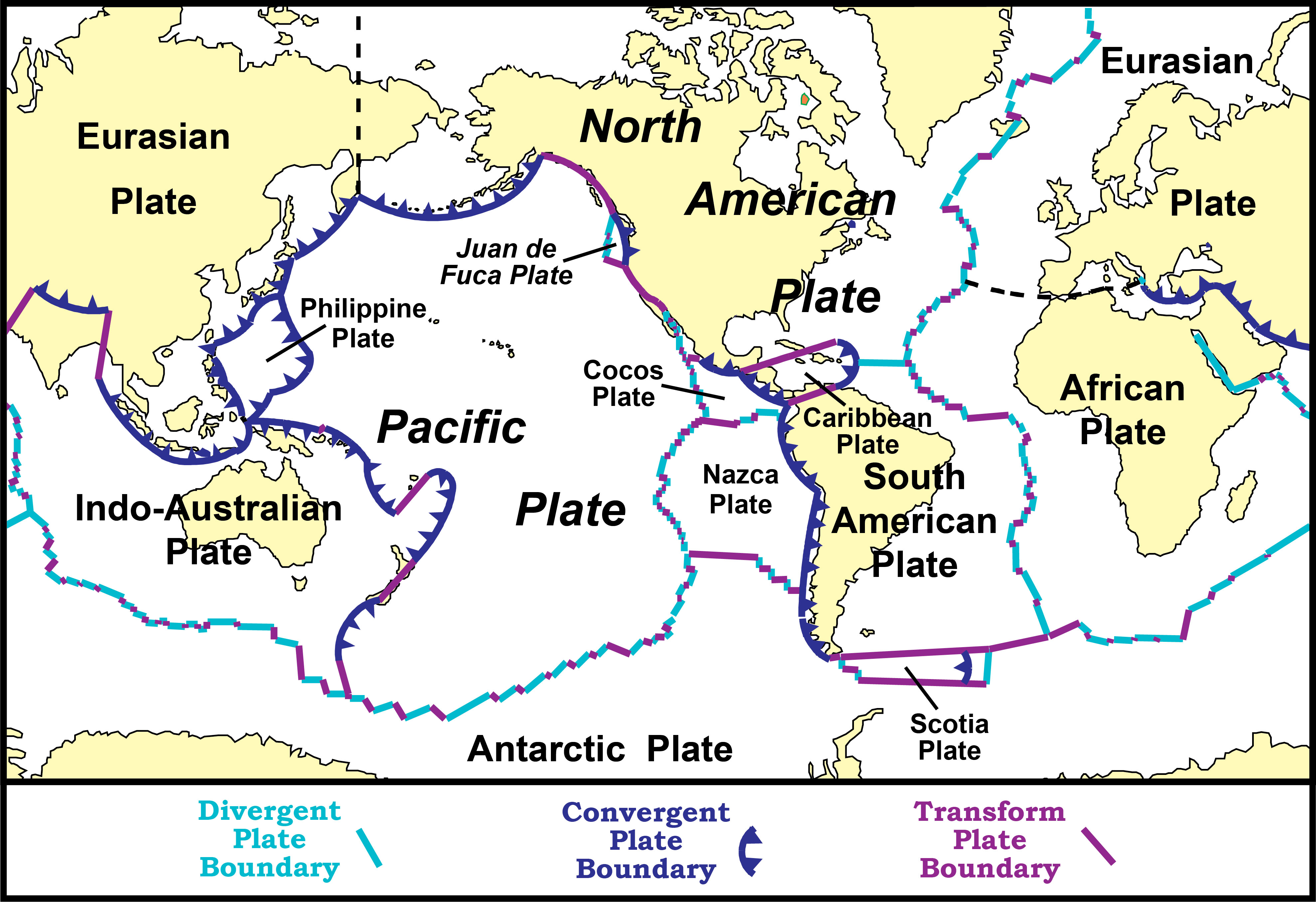
Evidence Of Plate Motions Geology U S National Park Service

Why Do Tectonic Plates Move Quora
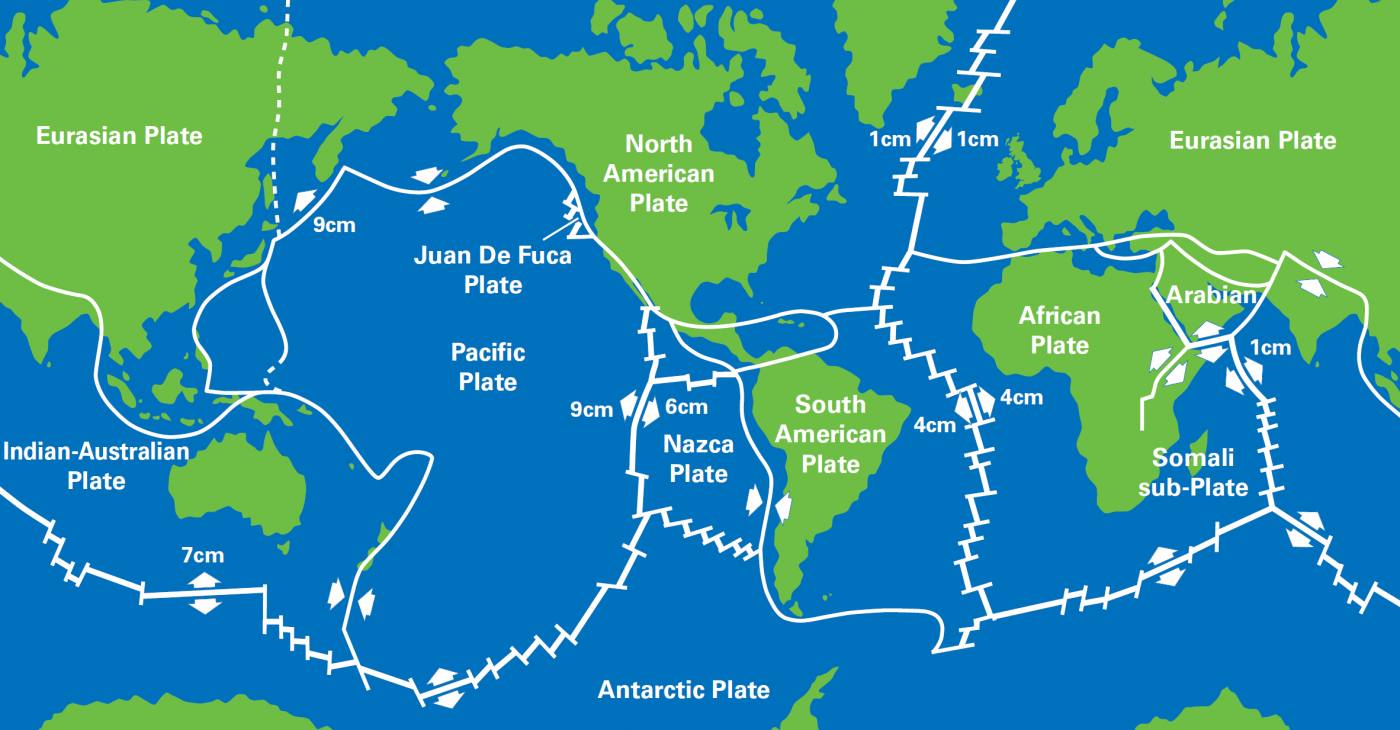
What Causes Earthquakes British Geological Survey
Ess What Are Plate Tectonics Who Is Credited With This Theory Ecur 164 Is This A Course About Science Wiki

Facts About The Divergent Plate Boundary Explained With A Diagram Science Struck

What Are The Different Types Of Plate Tectonic Boundaries Exploration Facts Noaa Office Of Ocean Exploration And Research
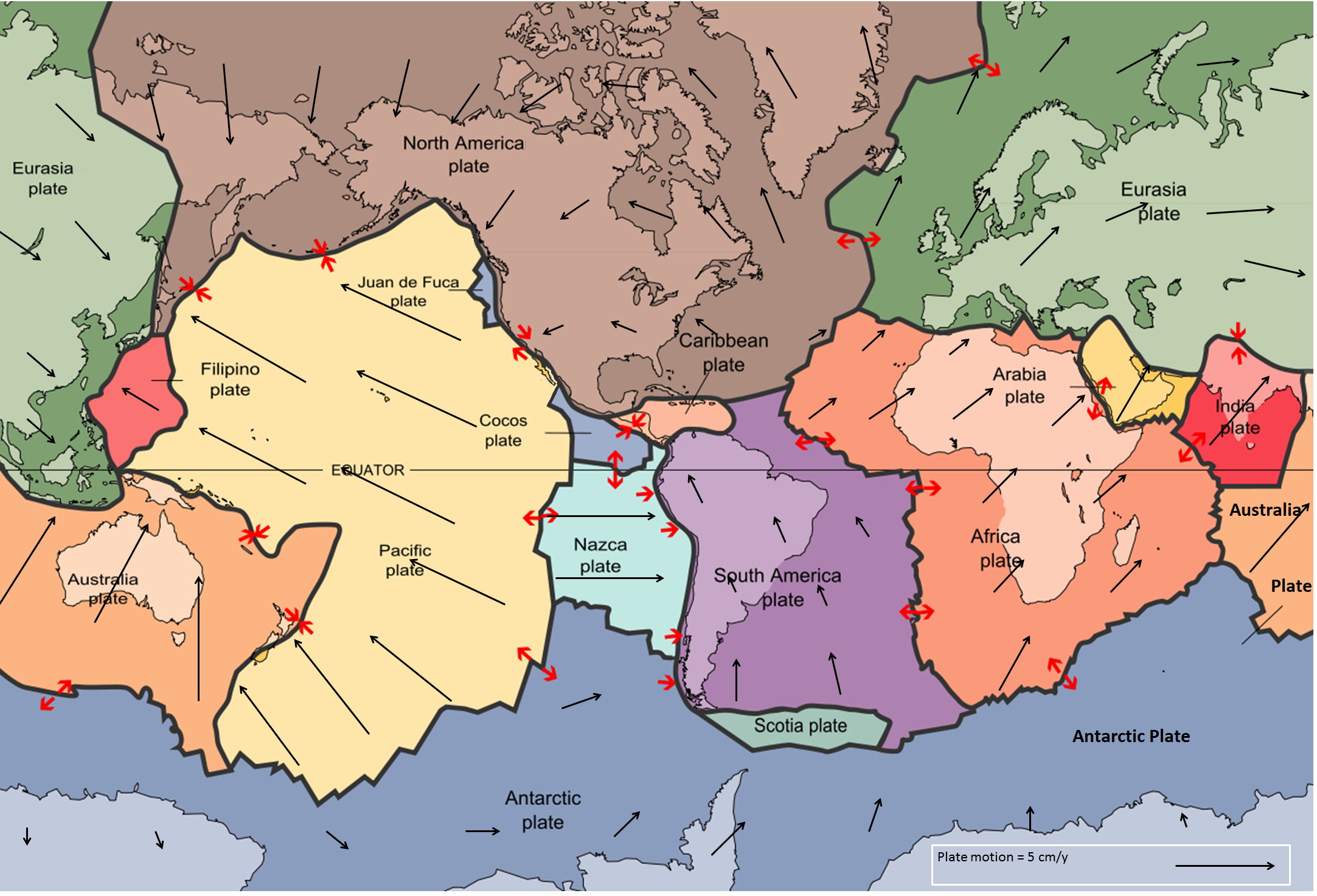
10 4 Plate Plate Motions And Plate Boundary Processes Physical Geology 2nd Edition

Mechanisms Of Plate Movement Pbs Learningmedia

Earth S Tectonic Plates Read Earth Science Ck 12 Foundation

What Is A Tectonic Plate And Plate Tectonics Quora
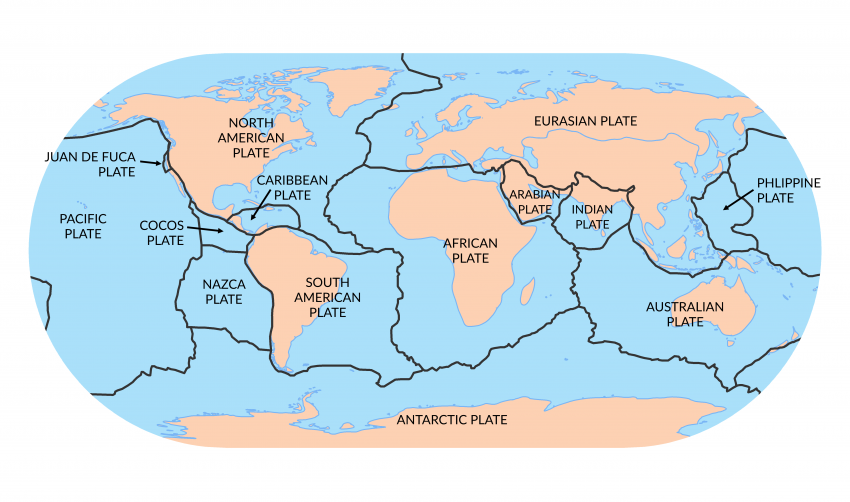
7 Major Tectonic Plates The World S Largest Plate Tectonics Earth How
